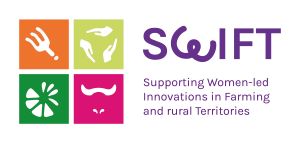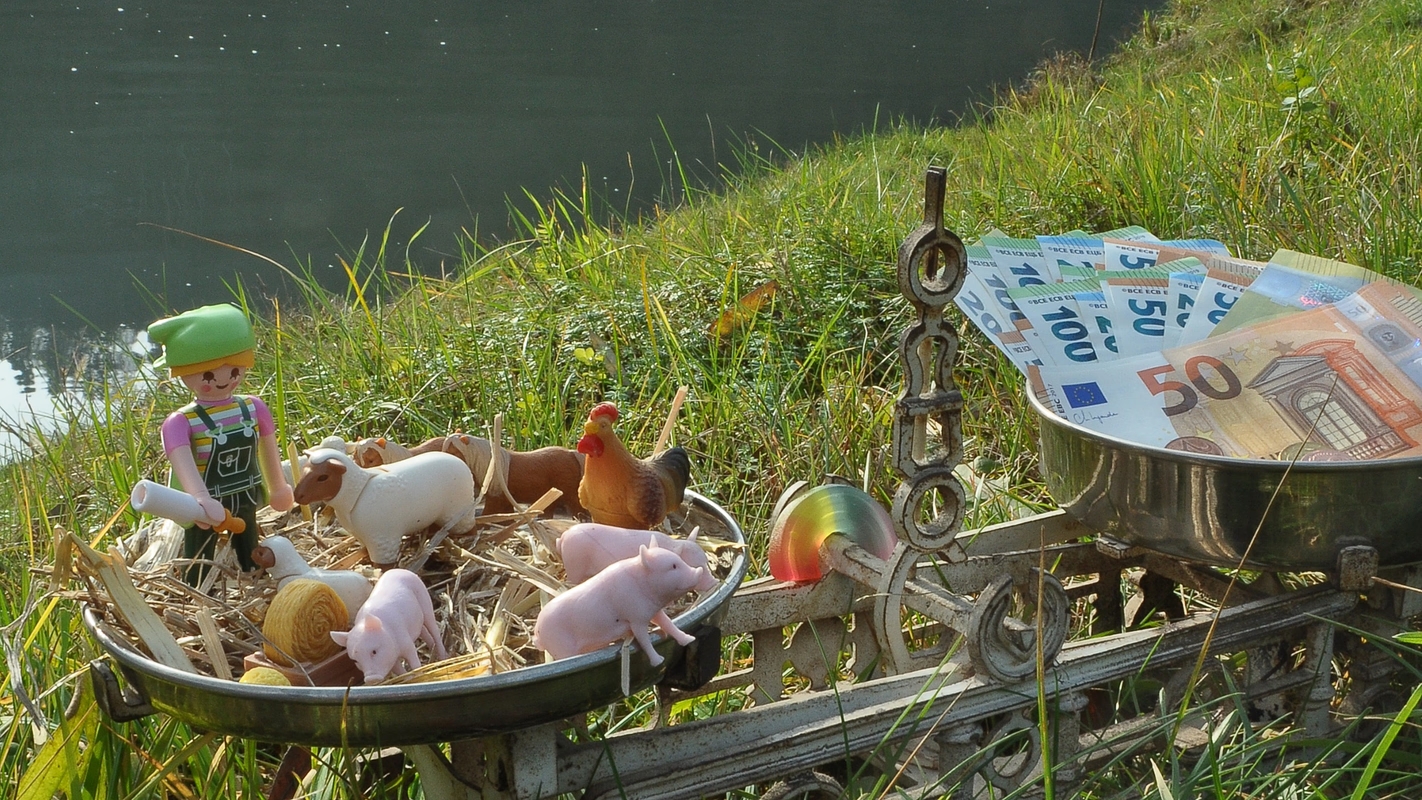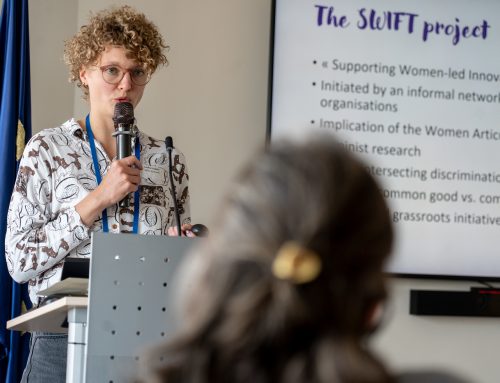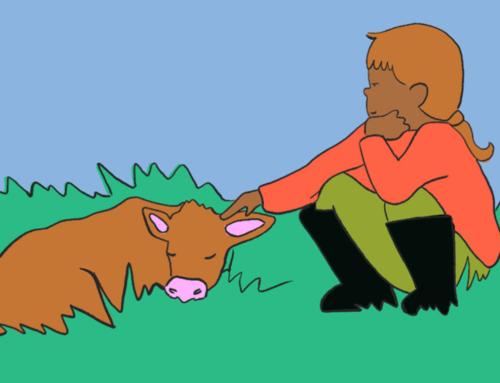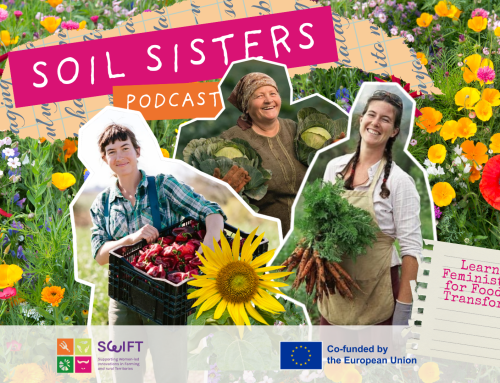Photo Credits: Kirstin Eckstein (ÖBV – Via Campesina Austria)
The current agricultural sector cultivates inequalities
Indeed, education is still highly gendered and leads to gendered repartition of tasks in all areas of life, including farming. This leads to double or triple days for many women, who have thus less time to engage in farmers organisations and decision-making processes. Tasks attributed to women are also undervalued and is less recognised.
Furthermore, “family farms” are traditionally transferred through heterosexual marriage, excluding people outside of the cisheterosexual norm.
Finally, the exploitation of migrant workers is central to the functioning of global and European agriculture, encouraged by “cheap food” policies. Female migrants are even more affected by the deplorable working and living conditions of migrant farm workers.
Gender Responsive Budgeting (GRB) as a tool to address inequalities
GRB is the incorporation of a gender perspective at all levels of the budgetary process. In the case of the common agricultural policy (CAP), it should involve farmers, policy makers, civil society organisations and researchers.
There are many ways of implementing GRB and it is always a combination of actions.
Experiences of GRB in the Global South and in European countries
As part of the SWIFT activities, we invited GRB experts from the Global South working at or with Oxfam and experts from Austria, Spain and Poland. Here are some of the learnings you can find in the report.
Through the testimony from Ghana, we learned how key it is to train policy makers and civil servants on the importance of gender equality and on how to implement GRB. Even when there is goodwill from the government at the start of the process.
In Austria, federal budget management is outcome-oriented and at least one outcome objective must be linked to gender equality for each ministry.
In Poland, we found that small initiatives of GRB and “well-being” budgeting occurred at local level. Scholars also highlighted the importance of raising awareness on gender equality among policy makers in right wing governments.
CAP budget
The CAP budget and its allocation are decided at multiple levels:
- The multiannual financial framework (MFF), that sets the EU budget
- European Agricultural Guarantee Fund (EAGF) and European Agricultural Fund for Rural Development (EAFRD), that respectively finance the first and second pillar of the CAP
- Regulations covering the CAP itself
- National strategic plans (NSPs), elaborated by each Member State, that translate the CAP at national level
At each level, we identified existing initiatives and shortcomings in order to integrate gender into policies, as well as potential lever to improve it.
Towards intersectional budgeting
As mentioned above, discrimination goes beyond gender, and budget planning must reflect this. Gender budgeting has been implemented in several countries, but we need to move towards intersectional budgeting, for which a comprehensive methodology has yet to be imagined. It can be done incrementally, with the objective of raising awareness along the way, or operate a radical change in budgeting. In any case, in the long term, intersectionality should not be an add-on to gender.
The concept of “well-being budgeting” can also be mobilised in contexts hostile to feminism, if gender equality is explicitly included in the indicators of well-being. Indeed, the name of the approach is less controversial, but it can open a more critical discourse and rethinking of traditional budgeting.
Policy recommendations
Based on the existing knowledge, we drew a list of recommendations for women-led innovations (WLIs), that can be translated into recommendations to policy makers.
It includes:
- Participation of women and marginalised groups
- Implementation of GRB at every level (local, national, EU)
- Collaborations between CSOs
- Trainings on gender equality for ministries and civil servants
- GRB codified in law
- Oversight bodies with power
- Access to gender disaggregated data and studies on gender inequalities
To go further
For more details, we invite you to read our How-to manual on GRB and agricultural policies (English version | Spanish Version)
